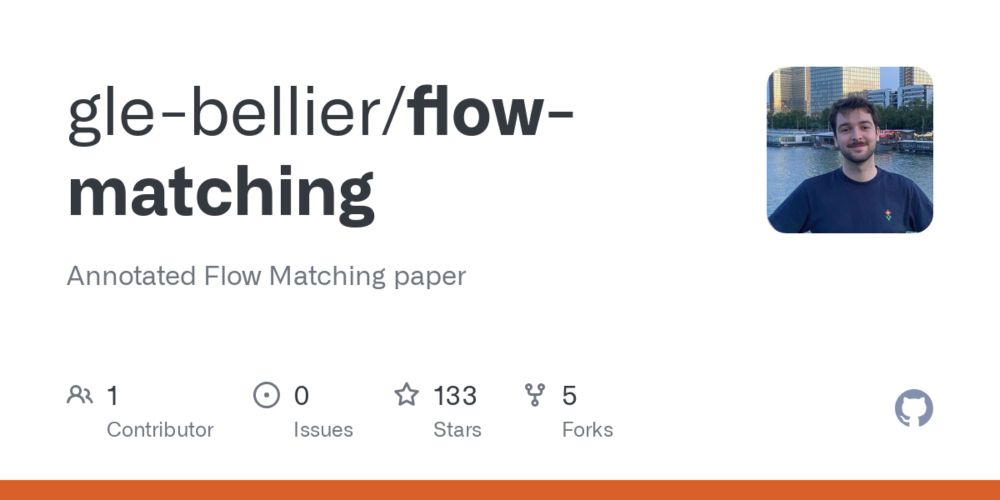lebellig
@lebellig.bsky.social
2.3K followers
630 following
120 posts
Ph.D. student on generative models and domain adaptation for Earth observation 🛰
Previously intern @SonyCSL, @Ircam, @Inria
🌎 Personal website: https://lebellig.github.io/
Posts
Media
Videos
Starter Packs
Reposted by lebellig
Reposted by lebellig
Reposted by lebellig
Reposted by lebellig
Reposted by lebellig
Reposted by lebellig
Reposted by lebellig
Reposted by lebellig
Reposted by lebellig
Climate AI Nordics
@climateainordics.com
· Aug 29

Climate AI Nordics Newsletter, August 2025
Welcome to the August edition of the Climate AI Nordics Newsletter!Since launching in October 2024, our community has grown to 176 members across the Nordic region and 56 international affiliates. Tog...
climateainordics.com
lebellig
@lebellig.bsky.social
· Aug 26
Reposted by lebellig
Erich Fischer
@erichfischer.bsky.social
· Aug 22

Numerical models outperform AI weather forecasts of record-breaking extremes
Artificial intelligence (AI)-based models are revolutionizing weather forecasting and have surpassed leading numerical weather prediction systems on various benchmark tasks. However, their ability to ...
arxiv.org






















